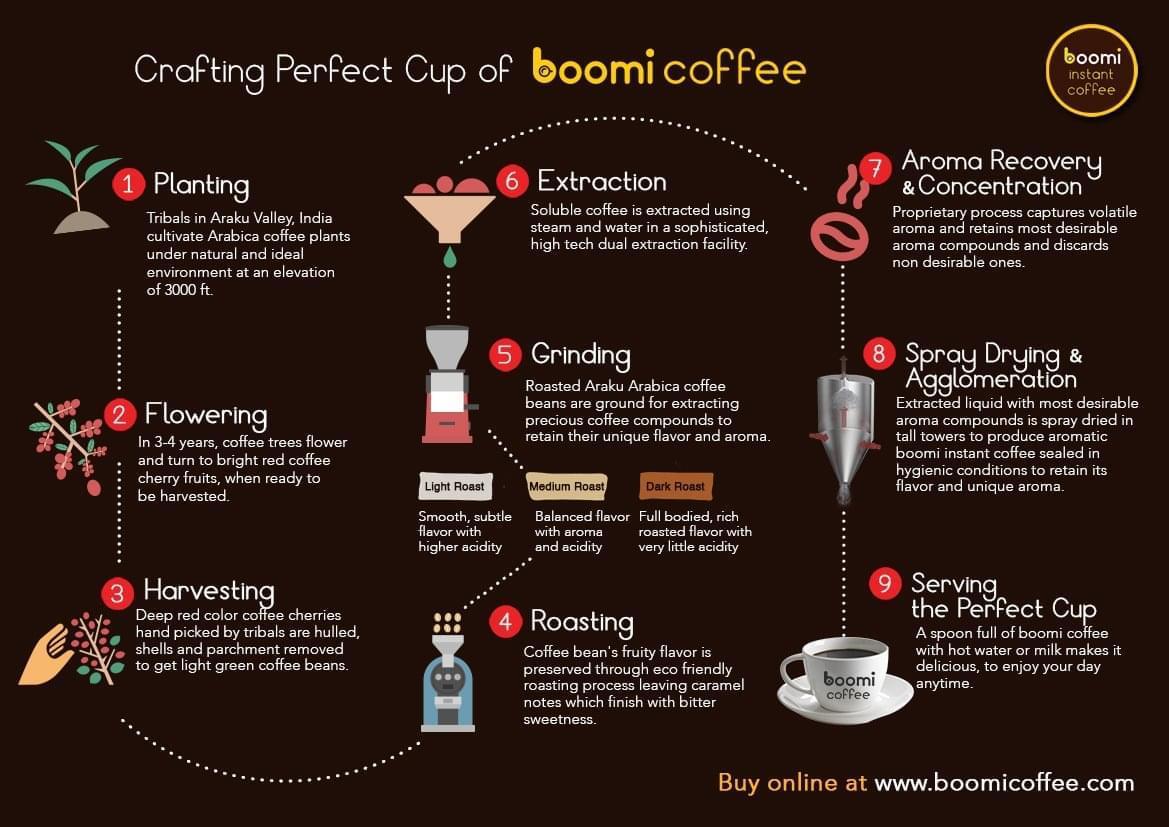In this overstimulating and stressful world, becoming so overwhelmed by stress is common for all of us. Emotional release can be just simply crying uncontrollably or lashing out angrily or snapping at others. For some people, emotional release can be running away from a stressful situation or panicking. These are some embarrassing situations of emotional release that people want to avoid.
The occasional emotional release is completely normal. You may burst into tears all of a sudden or lash out with anger as you feel overwhelmed with pressure, out of control, and things are unpredictable in your life. But it doesn’t mean there is something wrong with you.

However, it can be a sign that you are going through a hard time and some of your emotional needs are not being met. The great news is that you can recover from emotional release. You can learn to handle stressors in your life that may lead you to emotional release in the future, lowering the chances of such incidences.
What is emotional release?
Emotional release, also known as emotional cleaning or catharsis, is referred to as gaining control over moods and negative moods. Sometimes, emotional release happens naturally when your stress builds up and then breaks down and leads you to cry. It feels terrible but the emotional release leaves you with a sense of peace.
When an individual is feeling an emotional release, they may feel prompted by something that is not a great deal for others. Their response to the situation may appear disparate to the situation. It may include the following:
- Outbursts of crying or shouting
- Sudden anger or irritability
- Insulting or threatening others
- Stomping, slamming doors, destroying property, or making a mess
- Throwing things
- Harming themselves, such as punching walls or banging their head
- Spitting, hitting, biting, or kicking
5 embarrassing situations of emotional release to avoid
Here are 5 embarrassing situations of emotional release and how you can avoid them:
- Crying uncontrollably
Another embarrassing situation of emotional release is when tears are on their way and you are in a public place. It is almost impossible to stop crying when tears are coming. It is absolutely fine when you are at your home and it is cathartic. But in public, it is really awful. The trigger for uncontrollable crying can be any small thing like a bit rude staff member or overhearing something that makes you remember bad memories.

To avoid uncontrollable crying, take a deep breath to relax. You should not panic and stay as calm as you can – no one is staring at you or annoyed. When you begin crying, try to leave the situation and go somewhere private. Don’t beat yourself and when you feel safe, release your emotions, either on your own or with someone you trust. Embrace your tears as a type of catharsis.
- Shouting or yelling in anger
Anger is an emotional situation that ranges in intensity from slight irritation to intense rage. Everyone gets angry due to several reasons like stress, difficult situations, and hurtful remarks. Anger is a normal response to a situation that is generally healthy. But when it turns destructive and gets out of control, it can result in embarrassing situations and lead to problems in your personal life and work.
Don’t let anger take control over you as losing control generally leads to more harm than good. When you feel it’s hard for you to control yourself, you should excuse yourself and move away from the situation. Take deep breaths to relax before coming back. Another way is to write it out, rather than shout or yell it out in front of others to avoid feeling embarrassed.
- Blushing
Embarrassment or stress can make some people’s cheeks turn red or pink, this is called blushing. It is a common response to emotional stress and makes people feel self-conscious. Blushing is a natural response of the body that is triggered by the nervous system that activates “fight or flight” mode.
People who have anxiety, or are easily stressed, may blush more as compared to others. Blushing can be due to psychological reasons and it is not harmful itself. To avoid blushing, it is important to gain control over the “fight or flight” response.

There are several ways to avoid the embarrassment of blushing due to emotional release. Breathe slowly and deeply to signal your brain to relax. If you have specific blush triggers, it is best to avoid them to prevent blushing. Blushing is worst in warmer areas. To lower facial redness, move to the cooler area. Avoid eye contact with a person who may be contributing to the embarrassment or stress.
- Panic attack
A panic attack involves experiencing an intense sensation of anxiety or fear in response to danger. Panic attack prevents our ability to think logically or reason clearly. They can be overpowering and sudden but making a plan about what to do when they arise can lower their severity and help a person feel more in control. It will also help make panic attacks easier to manage.
Take deep breaths as it will help control panic attacks. Panic attacks often lead to rapid breathing, making the breaths shallow. Taking deep and slow breaths can bring panic attacks under control. If you are having panic attacks repeatedly, you can seek professional help. Practice mindfulness such as concentrating on the present and meditating to lower your stress and feel relaxed. Also, remember that this situation will pass, and try to stay calm.
- Crying during a speech or presentation
Sometimes, it becomes hard to control your emotions when giving a speech or delivering a presentation. Being overrun with emotions can sometimes work in your favor but it can be an embarrassing situation. Based on the situation, you can use your tears to your benefit. Other times, it is best to keep your cheeks dry.

Hold your breath for some time to calm down. A single long controlled breath can help gain your equilibrium as calming yourself is extremely important in stopping the tears. Try drinking some water to calm your nerves and relax your throat muscles. Be careful with eye contact and understand your emotional triggers to avoid crying as much as you can during a speech.
How to avoid an emotional release if you feel one coming on
While it may not be possible to avoid challenging situations from happening, you can bring changes in the way you respond to such situations. Whenever you begin experiencing the symptoms of acute stress like breathing getting shallow, hands getting cold, and face getting hot, be attentive to how you feel and try to calm yourself before trying to respond to the situation.
It is essential to pause when you are feeling or experiencing any overcoming emotion. In such situations, your brain is functioning differently and can’t make logical decisions. You can practice the following 5 steps deep breathing routine to calm yourself:
- Take a deep breath in for 4 sec.
- Hold your breath for 4 sec.
- Breathe out for 4 sec.
- Pause for 4 seconds before taking another breath.
- Repeat the same until you feel calmer.
Note that these steps may not reverse a challenging situation or avoid the problem that may activate your emotional response. But it can help you calm down before responding to the situation and it will in turn help you cope with the situation from a more thoughtful and less emotional place.

There are people, experience creators or emotional caregivers, who can make your experience of emotional release pleasant. Emotions.Market provides a free platform for experienced creators to earn and help others, in one place. Creators make experiences according to Plutchik’s Wheel of Emotions for effective counseling. Simply, a creator has to do free registration and list their experiences. Interested customers would contact them directly, fix charges, and schedule an experience.
Emotional creators at Emotions.Market listed 1001 methods for multisensory and emotion-provoking experiences with safety. They provide a healthy environment, and customer satisfaction is their priority. Their dedicated team would welcome talented and creative content creators to explore their website and be motivated to be a part of the journey.

Alina Smith is a health blog author with an interest in the intersection of wellness and mental health. She’s worked as a writer, editor, and communications specialist for various healthcare organizations. Alina has also led projects to improve access to care for underserved populations in both rural and urban settings.














